Automobile Bearings
120 INR/Unit
Product Details:
- Color Silver
- Size Different Available
- Usage Automotive
- Product Type Automobile Bearings
- Material SS
- Ball Bearing Type Deep Groove
- Number Of Rows Double Row
- Click to View more
X
Automobile Bearings Price And Quantity
- 120 INR/Unit
- 500 Unit
Automobile Bearings Product Specifications
- Double Row
- SS
- Different Available
- Deep Groove
- Automobile Bearings
- Automotive
- Silver
Automobile Bearings Trade Information
- 100000 Unit Per Day
- 1 Days
- Yes
- All India
Product Description
FAQs of Automobile Bearings:
Q: What sizes are available for the Automobile Bearings?
A: Different sizes are available for the Automobile Bearings.Q: How many rows do the Automobile Bearings have?
A: The Automobile Bearings have double rows.Q: What type of ball bearings are used in the Automobile Bearings?
A: Deep groove ball bearings are used in the Automobile Bearings.Q: What is the color of the Automobile Bearings?
A: The color of the Automobile Bearings is silver.Q: What material are the Automobile Bearings made of?
A: The Automobile Bearings are made of SS (stainless steel).Q: What is the primary usage of the Automobile Bearings?
A: The primary usage of the Automobile Bearings is in automotive applications.Tell us about your requirement

Price:
Quantity
Select Unit
- 50
- 100
- 200
- 250
- 500
- 1000+
Additional detail
Mobile number
Email
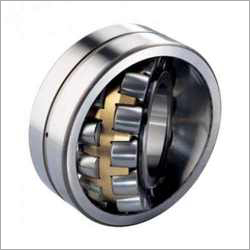

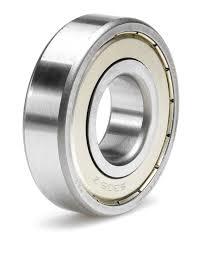
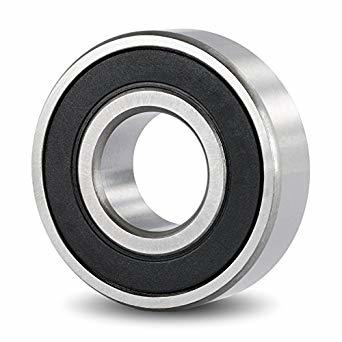
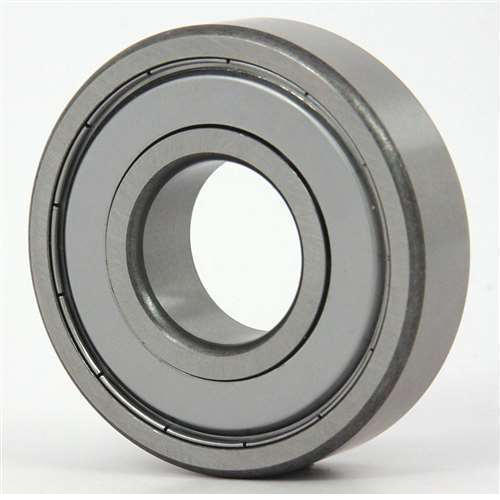
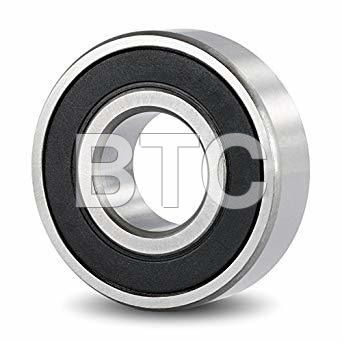


 Send Inquiry
Send Inquiry